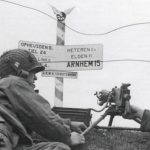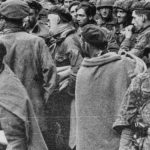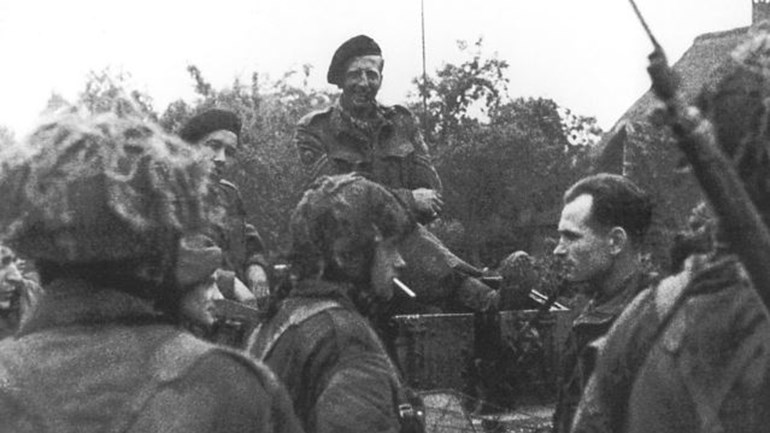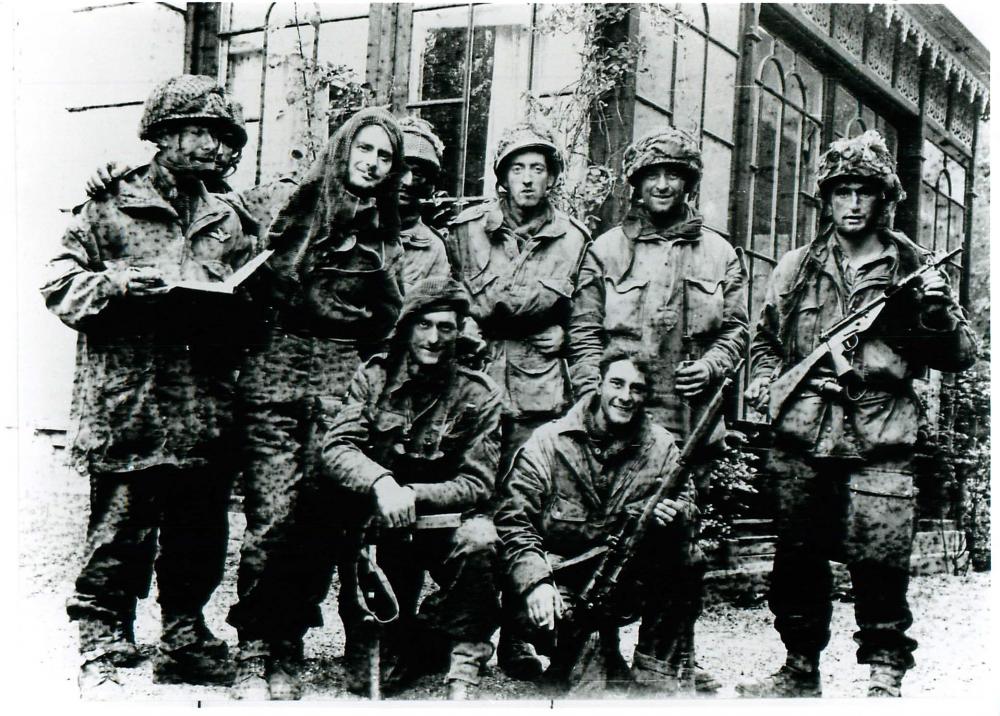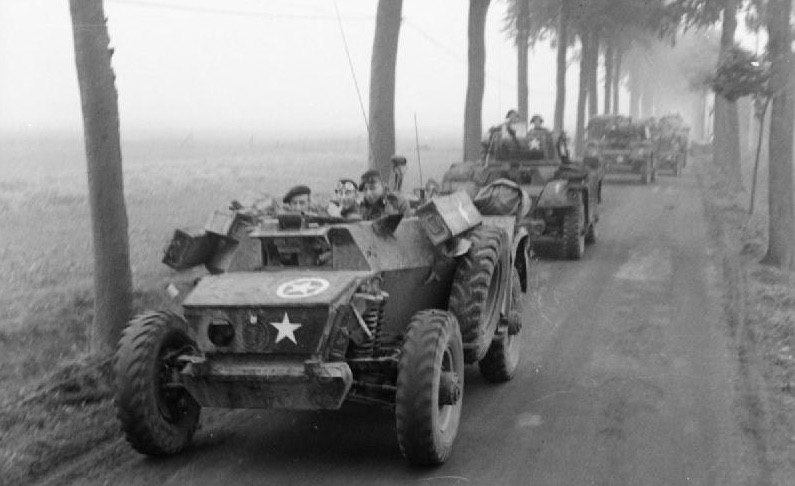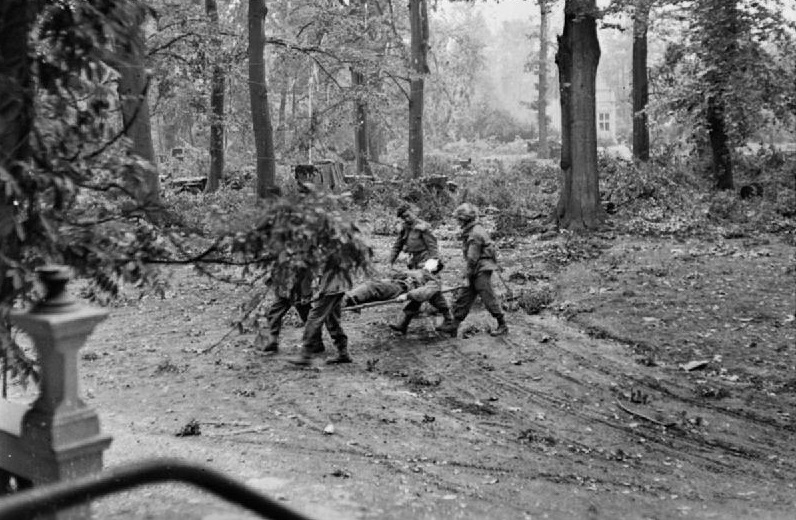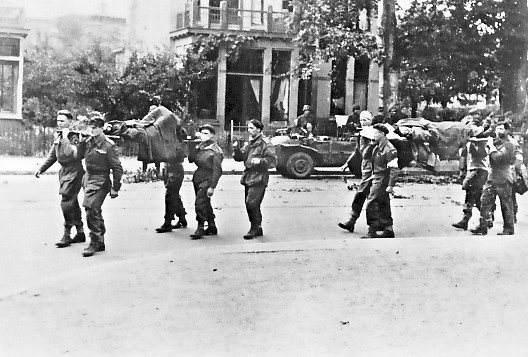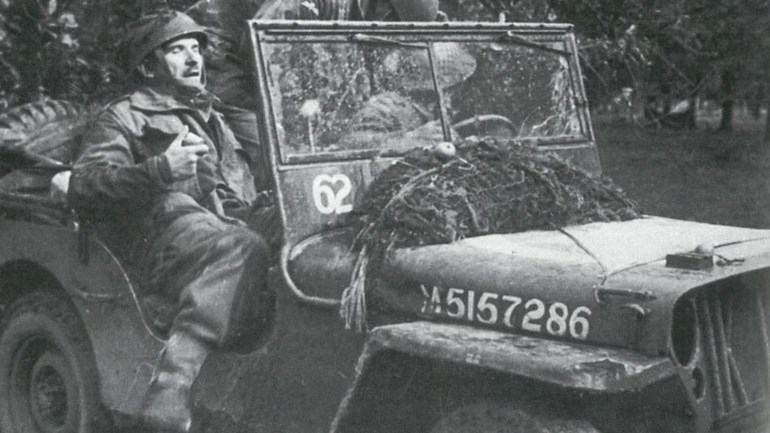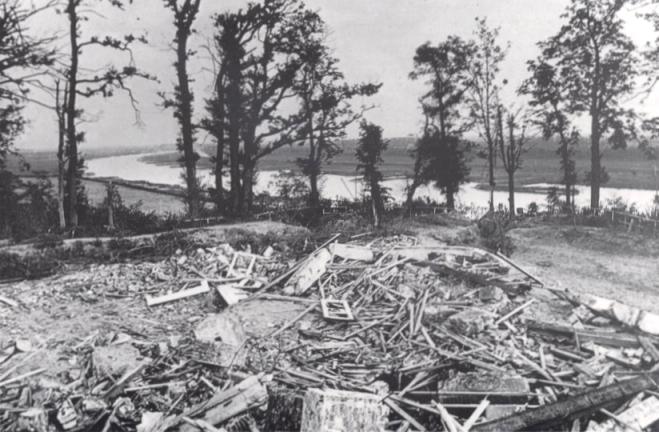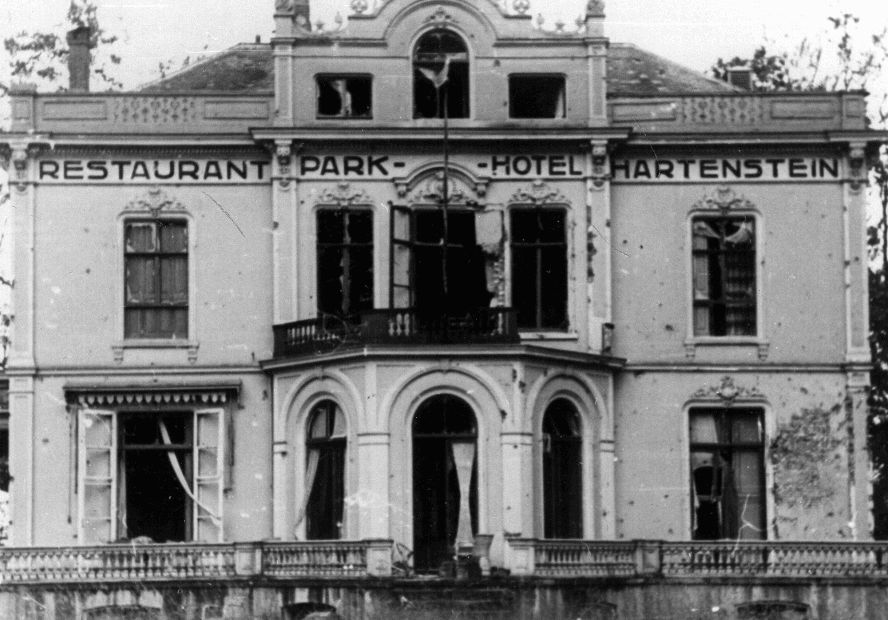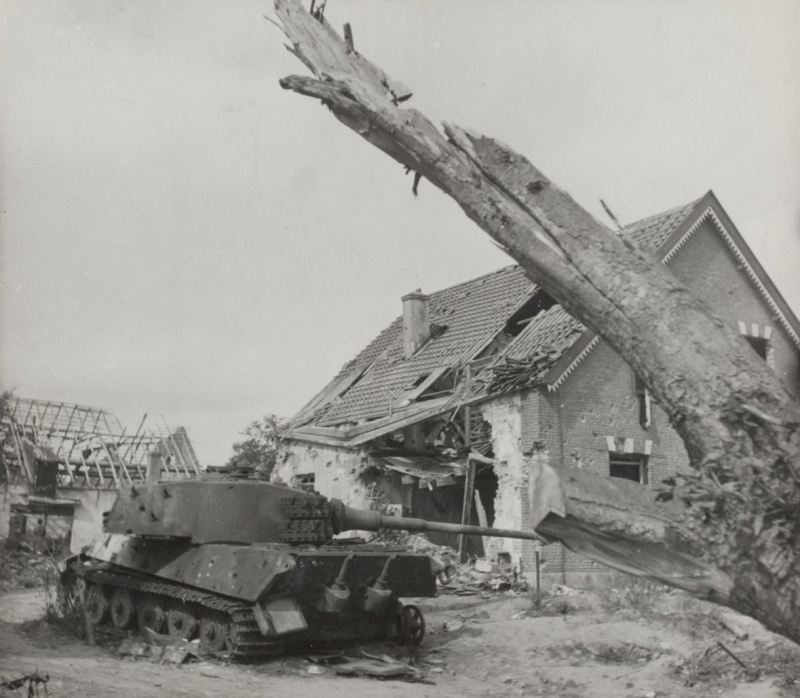With the bayonet on the gun, the Dreyeroord hotel falls back into British hands
Hotel Dreyeroord, on the north side of the British perimeter, was one of four places where the Germans attacked the British positions on Thursday, September 21. The area at the northern end of the perimeter was defended by troops of the King’s Own Scottish Borderers, or KOSB. There had been fighting all day over Hotel…


